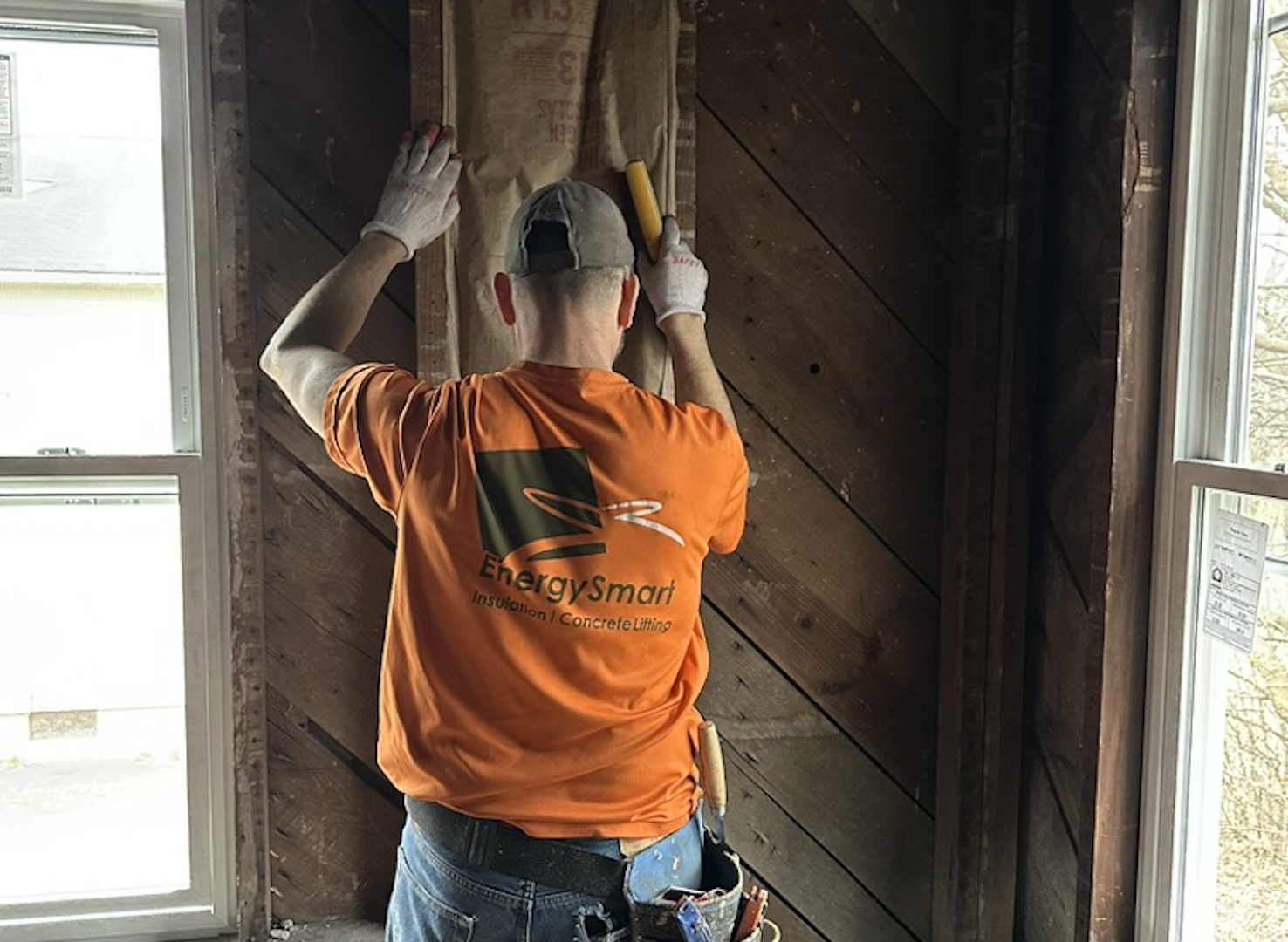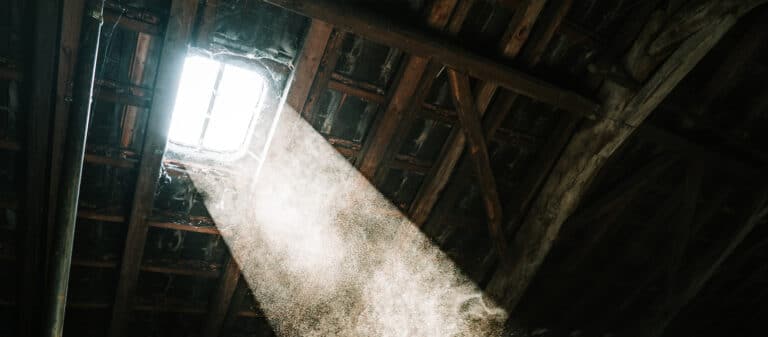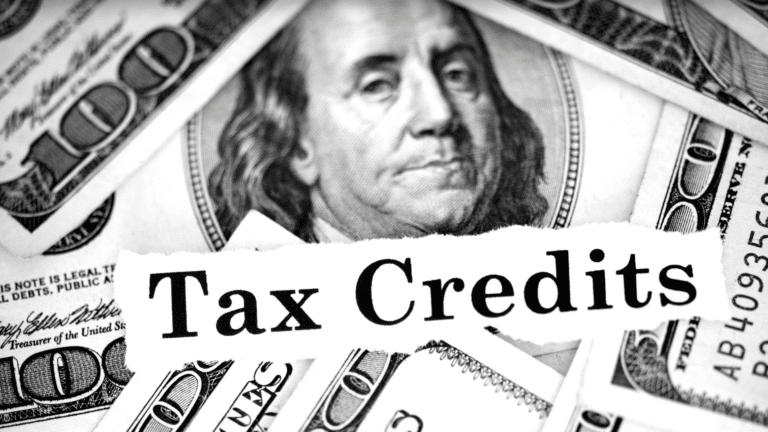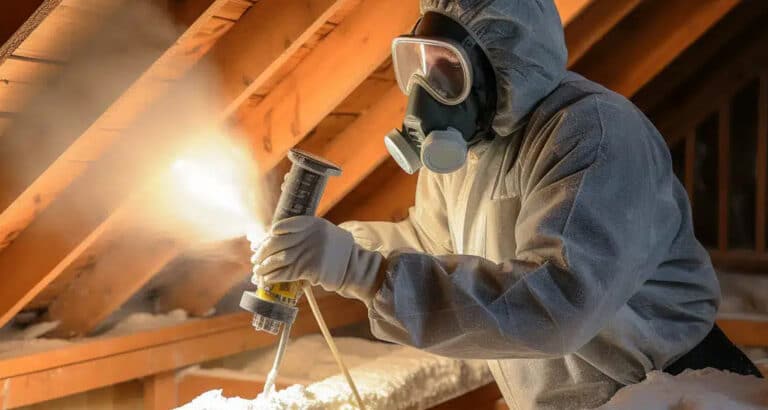The average Pennsylvania family spends more than $2,000 annually on energy bills. However, homeowners with electric heat, little to no insulation, or massive air leaks in their homes can pay hundreds, if not thousands, more than that.
As energy prices remain largely volatile in Northeast Pennsylvania, investing in energy efficiency can pay massive dividends years down the road.
Energy efficiency isn’t strictly related to massive investments like installing solar panels or EnergyStar appliances–even small changes like weatherstripping and swapping out your lights can significantly impact your monthly bills.
While greater savings can be achieved during the construction or renovation stage, there are still many ways to retrofit your home with better energy-efficiency materials.
Learn about nine easy and affordable ways to make your home more energy efficient in Northeast Pennsylvania.
1. Upgrade Your Insulation
The first thing that many people think of when it comes to energy efficiency is their HVAC systems. However, a massive component determining the efficiency of your system is your home’s ability to keep heat or cool air in.
In Northeast PA, where winters can be long and harsh, proper insulation can cut heating and cooling costs by up to 20%.
Start with your attics, crawl spaces, and basements, where most air tends to escape. Be sure to consult EnergyStar’s website to determine the recommended amount of insulation for each area based on its R-value (thermal efficiency). Closed-cell spray foam offers the best insulating properties of any material, but blown-in fiberglass or cellulose may be recommended behind closed spaces.
Talk to a local insulation contractor to learn more about what type of insulation will benefit you the most.
Tip: Consider using high-performance spray foam or blown-in cellulose for attics and walls. These materials create an air seal that helps prevent drafts and moisture buildup.
2. Seal Air Leaks
While upgrading your insulation is a great step toward reducing your heating and cooling expenses, you may not notice a big difference if there are still air leaks in your home.
You can feel where these leaks exist by putting your hands around window seals, attic hatches, and outlets during the winter, where cold air is permeating.
For extensive air leaks in your attic or basement, you’ll need to get it professionally air-sealed. Windows, doors, and hatches can usually be sealed with caulk, weatherstripping, or spray foam (for larger gaps).
3. Install Energy-Efficient Windows and Doors
Old, single-pane windows and drafty doors are major sources of heat loss. Upgrading to double- or triple-pane windows with low-emissivity (Low-E) coatings can significantly improve thermal performance.
If full replacement isn’t in the budget, consider weatherstripping, applying insulating film, or installing storm windows for a marginal, cost-effective improvement.
Energy-efficient windows and doors also help reduce outside noise and increase home security.
4. Upgrade to a High-Efficiency Heating System
Now for the big ticket item–your HVAC system.
First and foremost, you’ll want to upgrade to a more efficient heating source. For example, if your home uses electric baseboard heat, then upgrading to natural gas will deliver instant savings of hundreds of dollars during the winter. Additionally, electric heat pumps can improve overall efficiency, though they may be less reliable in colder climates like NEPA.
If your existing furnace or air conditioner is more than 15 years old, consider upgrading to an ENERGY STAR®-rated unit, which can save you hundreds annually. Pair your new system with a programmable or smart thermostat to maximize your savings.
5. Patch Up Your Ductwork
In addition to leaks in your home, you also need to be vigilant about leaks in your ductwork.
Poorly sealed or uninsulated ducts can lose up to 30% of your heated or cooled air before it reaches your living space. This is especially common in attics, crawl spaces, or unfinished basements.
Have your ductwork professionally inspected for leaks, disconnected segments, or damage.
6. Use Smart Thermostats for Better Climate Control
Smart thermostats are one of the easiest and most affordable upgrades you can make to boost energy efficiency. Unlike traditional models, smart thermostats learn your habits and adjust your heating and cooling automatically for optimal performance.
Many models allow remote access via smartphone apps, so you can change the temperature while away.
You can also set schedules, track energy usage, and receive tips to improve efficiency. Homeowners typically see noticeable savings of $50 annually on utility bills within the first year of installation.
7. Switch to Energy-Efficient Lighting
Replacing traditional incandescent bulbs with LED bulbs can lower your energy usage and last longer.
LEDs last up to 25 times longer and use up to 80% less energy than incandescent lighting. Start with the fixtures you often use—like kitchen lights, hallway lights, and outdoor security fixtures—for the biggest impact.
8. Upgrade Appliances to ENERGY STAR®
If your appliances are over a decade old, chances are they’re consuming far more energy than necessary. When replacing appliances, look for the ENERGY STAR® label, which indicates high energy efficiency standards.
A common list of EnergyStar appliances that deliver massive savings include:
- Refrigerators and freezers
- Washing machines and dryers
- Dishwashers
- Water heaters
Efficient appliances not only lower your utility bills but also reduce your overall environmental footprint–plus, many are built to last longer!
9. Schedule a Home Energy Audit
Finally, if you’re not sure where to begin, try getting a professional energy audit. Trained energy auditors use tools like blower doors and infrared cameras to pinpoint where your home is losing energy, so you can decide where to put your money.
After the audit, you’ll receive a customized report with targeted recommendations—many of which may qualify for local or federal rebates and incentives.
In Northeast PA, some utility companies or local government programs even offer discounted or free audits to homeowners.
Every dollar you place into making your home energy efficient will pay dividends down the road, whether it’s lowering your utility bills or increasing your home value.
You don’t have to start big either. Even small projects like insulating your attic or swapping out your lights can make a big difference in the future.
FAQs
Do energy efficiency upgrades qualify for tax credits or rebates?
Yes! Many federal tax credits and Pennsylvania-based utility rebates are available for insulation, HVAC systems, and windows.
How much can I save by upgrading insulation in my attic or walls?
In Northeast PA, upgrading attic or wall insulation can reduce your heating and cooling costs by up to 20–30%. The exact savings depend on your home’s age, size, and existing insulation levels.
How do I know if my windows need to be replaced or just sealed?
If your windows are drafty but otherwise in good condition, sealing them with weatherstripping or caulk can help. However, if they’re single-pane, warped, or have broken seals, replacement with energy-efficient models may be more cost-effective in the long term.











